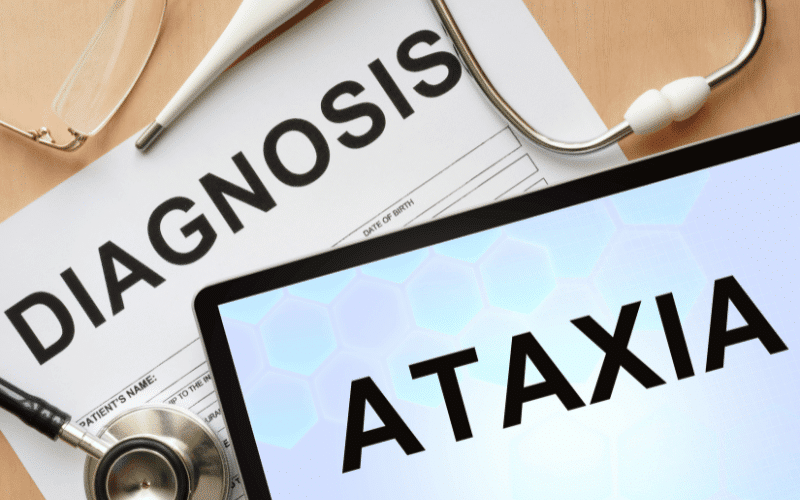Frequently Asked Questions About Cerebellar Ataxia Symptoms
Advertisements
 Advertisements
Advertisements
1. Can cerebellar ataxia symptoms improve over time?
While cerebellar ataxia is a progressive disorder, meaning the symptoms typically worsen over time, some individuals may experience periods of stability or even improvement. This is highly variable and depends on the specific type of ataxia, underlying cause, and individual factors. Regular therapy and supportive care can help manage symptoms and improve quality of life.
2. Can cerebellar ataxia symptoms be reversed?
As of now, there is no cure for cerebellar ataxia. However, in some cases where the ataxia is caused by treatable conditions like vitamin deficiencies, immune disorders, or certain metabolic diseases, treating the underlying cause can lead to significant improvement or even reversal of symptoms. For most other types of ataxia, treatment focuses on managing symptoms and improving functionality and quality of life.
3. How do cerebellar ataxia symptoms impact daily life?
Cerebellar ataxia symptoms can significantly impact daily life. Difficulties with movement and coordination can make simple tasks challenging and reduce independence. Balance problems can increase the risk of falls and injuries. Speech and swallowing difficulties can affect communication and eating. Moreover, living with these symptoms can lead to psychological distress, including frustration, anxiety, and depression.
4. How are cerebellar ataxia symptoms managed?
Cerebellar ataxia symptoms are usually managed through a multidisciplinary approach involving physical therapy, occupational therapy, and speech and language therapy. Medications can help manage some symptoms like spasticity and tremors. Adaptive devices like canes, walkers, or wheelchairs can help with mobility. Supportive counseling can help cope with the emotional and psychological challenges associated with the disorder.
5. How quickly do cerebellar ataxia symptoms progress?
The progression of cerebellar ataxia symptoms varies widely among individuals. Some may experience a slow progression over several decades, while others may witness rapid progression within a few years. The rate of progression depends on the type of ataxia, the underlying cause, and individual factors.
6. Can exercise improve cerebellar ataxia symptoms?
Regular, supervised exercise can play a crucial role in managing cerebellar ataxia symptoms. Exercise can help improve muscle strength, balance, coordination, and overall fitness. It can also enhance mood and quality of life. A physical therapist can devise an individualized exercise program that considers a person’s capabilities and goals.
Conclusion: Understanding and Managing Cerebellar Ataxia Symptoms
Cerebellar ataxia symptoms can profoundly impact a person’s life, underscoring the need for early recognition, targeted interventions, and ongoing support. While living with these symptoms can be challenging, understanding them can pave the way for better management strategies, increased support, and improved quality of life for those living with cerebellar ataxia. As science continues to unravel the mysteries of the cerebellum, we remain hopeful for future breakthroughs that may bring more effective treatments and, one day, a cure.